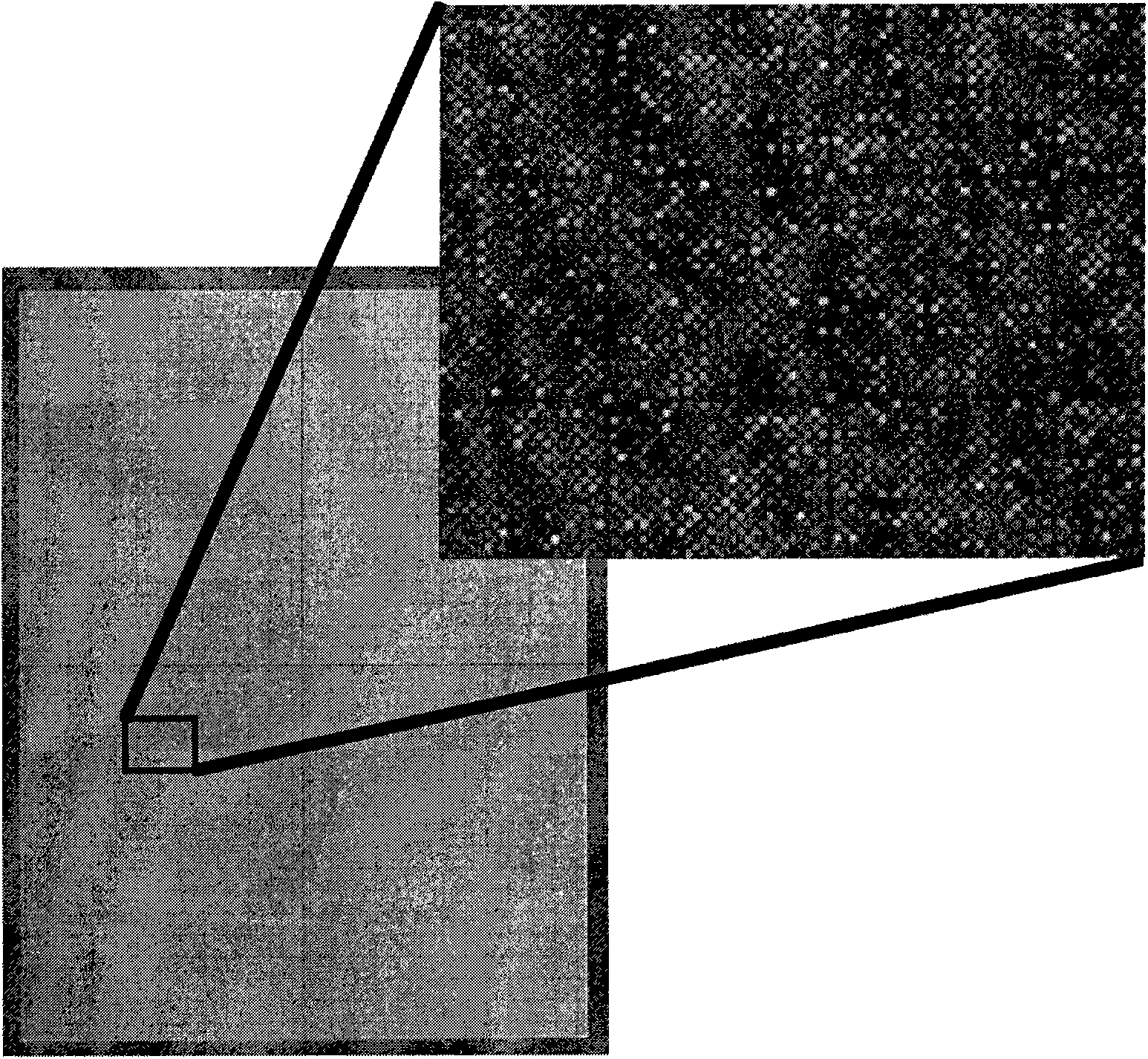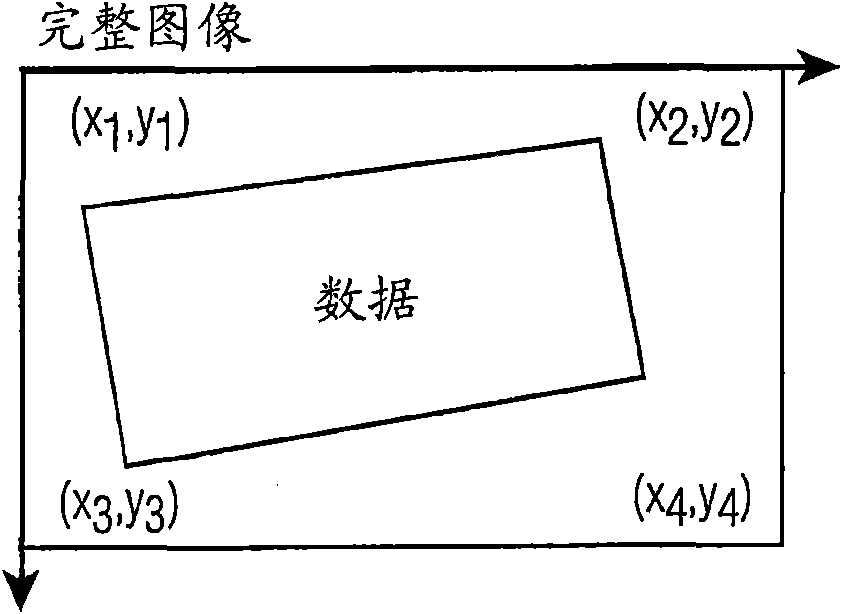Method to automatically decode microarray images
A microarray and microarray chip technology, applied in image enhancement, image analysis, image data processing, etc., can solve the problems of non-common algorithms, uneven probe intensity and geometric structure, and unproposed correction of trapezoidal distortion in microarray images And other issues
- Summary
- Abstract
- Description
- Claims
- Application Information
AI Technical Summary
Problems solved by technology
Method used
Image
Examples
Embodiment Construction
[0040] The disclosure herein presents an automated method for finding the corners of a microarray image and gridding or finding internal probes of a microarray image that facilitates decoding the image into numbers. We used image processing methods such as Radon transform and fast Fourier transform as well as several heuristic algorithms to find the microarray corners and precise positions of the probes. Based on our technique, we are able to identify corners to within a few pixels even in the layout of the corners themselves without probes.
[0041] exist figure 1An example of a high-density microarray image (in our case a ROMA image) is shown in . There are a variety of probe design placement methods. The probes examined so far are squares with sides of 16 μm with 2 μm channels between them. These images may be scanned at 5 μm, 2 μm or 1 μm, or even sub-micron resolutions are contemplated, resulting in images with 3, 8 or 16 pixels per probe and 0, 1 or 2 pixels per chann...
PUM
 Login to View More
Login to View More Abstract
Description
Claims
Application Information
 Login to View More
Login to View More - R&D
- Intellectual Property
- Life Sciences
- Materials
- Tech Scout
- Unparalleled Data Quality
- Higher Quality Content
- 60% Fewer Hallucinations
Browse by: Latest US Patents, China's latest patents, Technical Efficacy Thesaurus, Application Domain, Technology Topic, Popular Technical Reports.
© 2025 PatSnap. All rights reserved.Legal|Privacy policy|Modern Slavery Act Transparency Statement|Sitemap|About US| Contact US: help@patsnap.com



